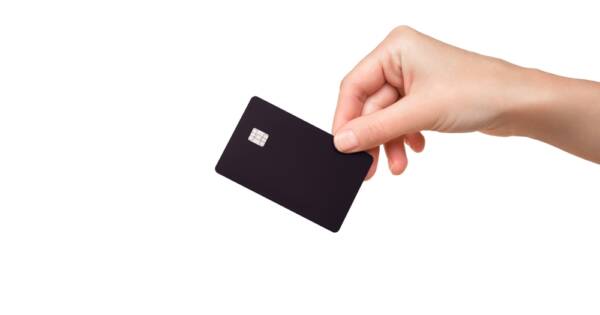Navigating life with a disability comes with its own set of challenges, and financial stability shouldn’t be one of them. Disability loans offer support when extra funds are needed for medical expenses, assistive equipment, home modifications, or everyday costs. Understanding the different types of disability loans, how they work, and what to consider before applying can make the process smoother and less stressful.
What Are Disability Loans and How Do They Help?
Disability loans are designed to offer financial support to individuals living with physical or mental impairments who face increased daily costs. These loans can help cover a wide range of expenses—from home modifications and mobility aids to medical bills, personal needs, and even business start-up costs. For many, this financial assistance can ease the burden of living with a disability and improve their overall quality of life.
Disability loans can come from several sources, including government-backed programs, nonprofit lenders, and private institutions. Eligibility requirements vary but often consider income, disability status, and creditworthiness. Some programs are specifically designed to support veterans or rural residents, while others focus on business development or essential living expenses.
Types of Disability Loans and Financial Assistance
People living with disabilities have access to a variety of loan programs and financial aid designed to help with personal expenses, medical costs, housing, and even starting or expanding a business. Understanding your options can help you choose the right path based on your needs, income level, and long-term goals. Below are some of the most common and helpful programs available:
- Social Security Disability Insurance (SSDI) – Offers monthly payments to individuals who can’t work due to a qualifying disability and have a sufficient work history.
- Supplemental Security Income (SSI) – Provides financial assistance to disabled individuals with low income and limited resources.
- Federal Disability Retirement Benefits (FERS) – Available to eligible federal employees who become disabled while on the job.
- SNAP (Supplemental Nutrition Assistance Program) – Helps with food costs and is available to people with disabilities who meet income and program-specific requirements.
- Section 8 and Public Housing Assistance – Provides subsidized housing for disabled individuals and access to Non-Elderly Disabled (NED) vouchers.
- Student Loan Forgiveness (TPD Discharge) – Allows discharge of federal student loans for individuals who are totally and permanently disabled.
- SBA 7(a) Loans – Government-backed loans offering up to $5 million for disabled business owners who qualify.
- SBA Express Loans – Fast-track funding under $500,000, especially beneficial for service-disabled veterans.
- SBA Microloans – Up to $50,000 in funding for disabled entrepreneurs starting a small business.
- USDA Business Loans – Targeted at rural business owners with disabilities through federally guaranteed loans.
- CDFI Loans – Flexible, mission-driven lending options for people with disabilities in underserved or low-income communities.
- State Loan Programs – Individual states may offer community-focused loan options for disabled residents involved in economic or job development projects.
These programs vary in eligibility, purpose, and loan terms, but many are designed to reduce financial strain and promote independence for people living with disabilities.
Who Is Eligible for Disability Loans?
Eligibility for disability loans depends on the type of assistance you’re seeking. For personal support programs like SSDI or SSI, applicants must show that a physical or mental impairment significantly limits their ability to work and is expected to last at least a year. Proof from a physician or the Social Security Administration is typically required. Veterans can apply for disability benefits through the Department of Veterans Affairs with supporting documentation of service-connected disabilities.
For business loans, eligibility varies by lender. SBA loans usually require good credit, revenue history, and a solid business plan. However, microloans and CDFI-backed options may have more flexible criteria, such as lower income thresholds or support for startups. Even if you have a limited credit history, there are lenders and state-level programs that offer financing for people with disabilities engaged in community or economic development initiatives.
Important Considerations Before Applying
Before applying for a disability loan, assess your financial needs and long-term goals. Consider whether the funds will go toward essential living costs, home improvements, or launching a business. Be prepared to provide documentation of your disability, income, and, for business loans, a plan that outlines how you’ll use the funds and repay them. Exploring all your options will help you secure the best terms possible.
Also, be cautious with high-interest online loans, especially if you have poor credit and limited income. These may be easy to qualify for but often come with short repayment windows and steep costs. If possible, seek loans from nonprofits, community lenders, or programs backed by the SBA, USDA, or your state. Many of these offer counseling services to help you stay financially stable and succeed long-term.
Empowering Your Financial Journey
Living with a disability doesn’t mean navigating financial hurdles alone. With the right resources, support, and knowledge, you can access disability loans and assistance programs that ease financial stress and open new doors—whether for personal needs or business goals.
Take the time to explore your eligibility, compare options, and seek guidance when needed. Empowering your financial future starts with knowing what’s available and taking that first step toward stability and independence.




